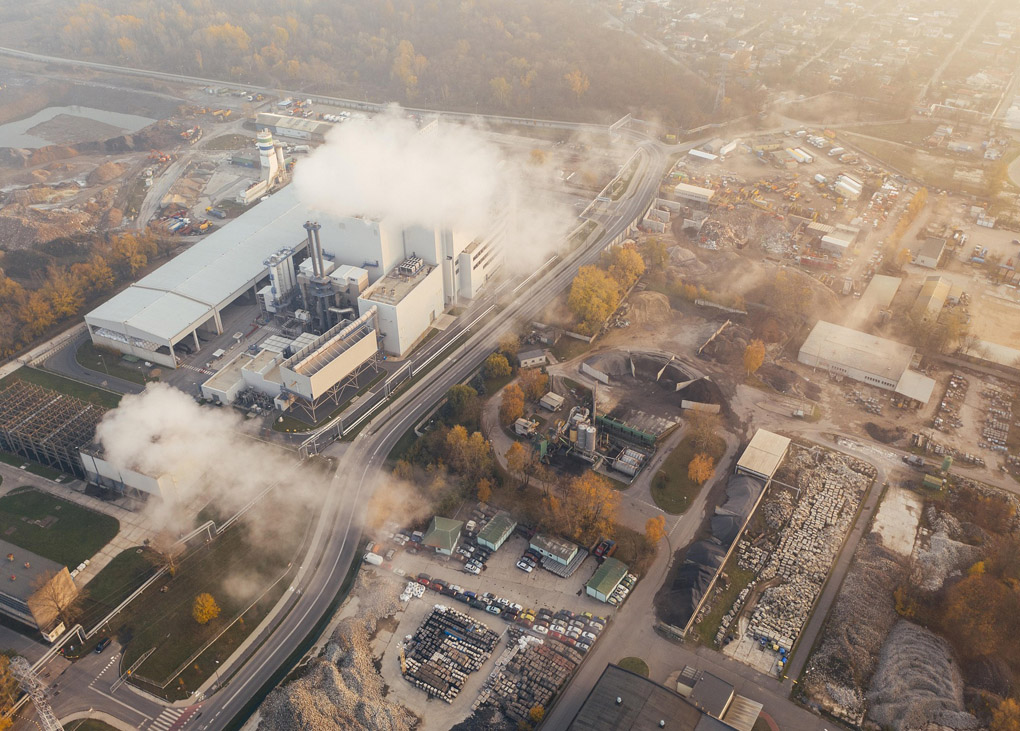A recent study has found that China’s emissions of three key hydrofluorocarbon (HFC) now represent more than 20 per cent of the global total.
The paper, titled Sustained Increases in Hydrofluorocarbon Emissions from China and Implications for Global Emissions and written by Xiaoyi Hu, et al, shows how three main HFCs – HFC-125 (GWP 3,500), HFC-134a (GWP 1,430) and HFC-143a (GWP 4,470) – increased to 206.4 million tonnes of CO2e (carbon dioxide equivalent) in 2022.
The study was conducted from a station in Changdao in northern China, where most of the country’s fluorochemical industry is based.
The wrong trajectory
According to the United Nations Environment Program (UNEP), the HFCs used in refrigeration and air conditioning equipment are increasing greenhouse gas emissions by up to 10 per cent each year.
Under the Kigali Amendment to the Montreal Protocol, China was required to cap its HFC use in 2024 at a baseline level and reduce it by 10 per cent by 2029. However, because its 2023 HFC consumption only amounted to 85 per cent of the baseline cap (at 769.4 million tonnes), the country can actually increase its consumption by 15 per cent.
According to Clare Perry, UK Climate Campaign Lead at the Environmental Investigation Agency (EIA), the baseline calculation provides too much room for growth and takes away some of the ambition from this important global agreement.
“Even in four years from now, when a 10 per cent reduction from the baseline is required, China can actually increase HFC use from current levels by some 45.2 million tonnes of carbon dioxide equivalent – and the next reduction step does not occur until 2035,” she says.
A more complex picture
Under the Kigali Agreement, developed countries are meant to phase down global HFC production and imports by 85 per cent by 2036. Most developing countries (including China) have agreed to an 80 per cent phase down by 2045.
Perry says China is the world’s leading producer of these gases and also the leading manufacturer of the equipment that uses them.
“It’s in a prime position to take ambitious steps to move away from reliance on these dangerous polluting fluorochemicals,” she says.
Of course, a large percentage of the air conditioning equipment China produces gets exported to other countries, including Australia. Measurements vary, but one estimate suggests that China accounts for 35 per cent of the world’s air conditioning exports, with a total value of around US$21 billion (AUD$ 33 billion) per year.
This also raises the question of who has the greater responsibility for the emissions that come from the process: those who manufacture the equipment or those who export it?



Leave a Reply